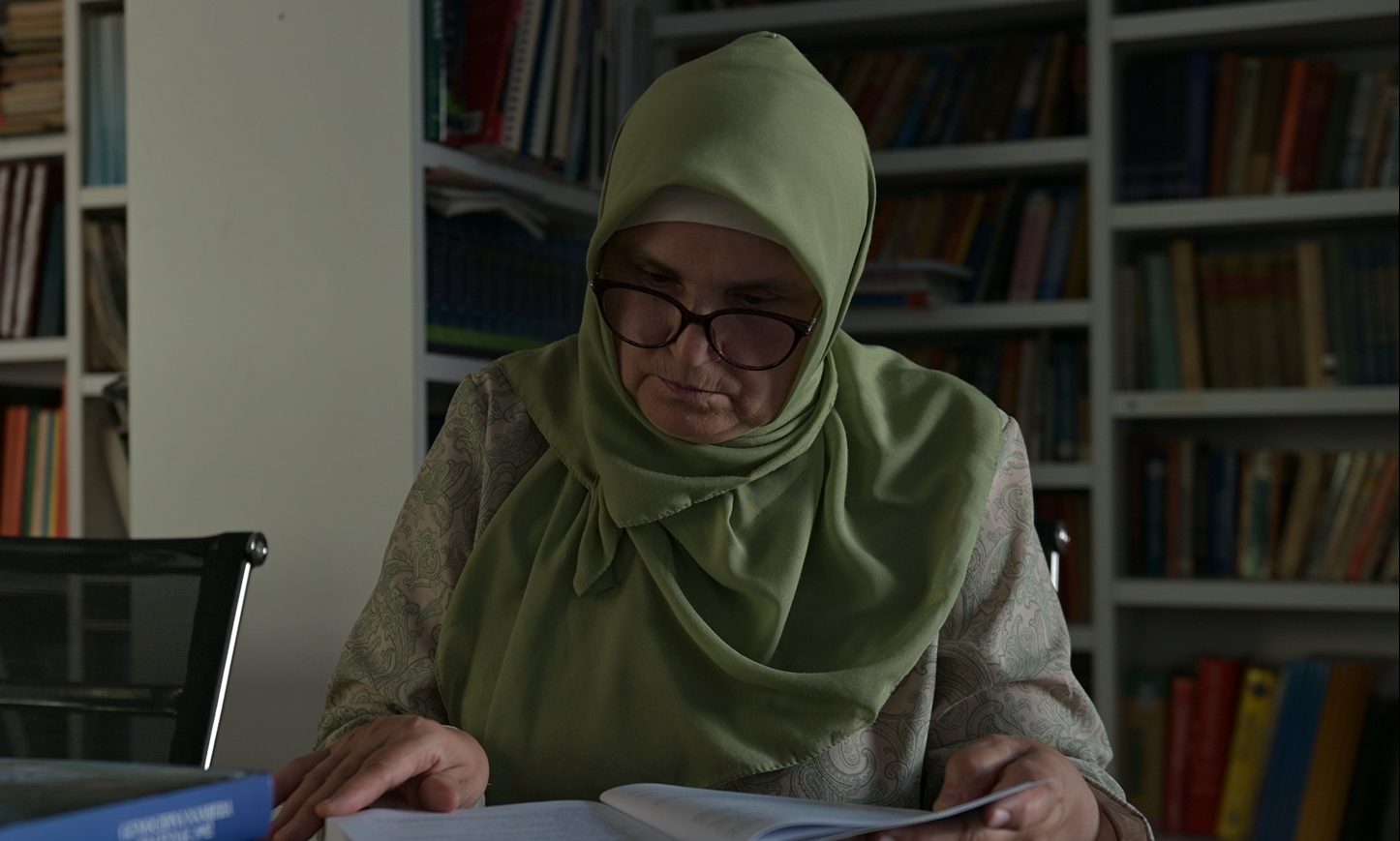This post is also available in: Bosnian
Teunissen said he was “simply mesmerised” by Mujicic’s face, “because I realised that in the Netherlands we hear about Srebrenica and Sarajevo only through stories about numbers and Dutchbat, not through the stories of people”.
He then decided to help a former Dutch soldier Janssen in his search for Mujicic’s family, who he was friends with, in the hope of giving them the photograph and a voice message that Mujicic recorded during the war in Srebrenica, before he went missing during the 1995 genocide of Bosniaks.
The two men managed to find Mujicic’s mother Zlata and hand her the mementoes of her murdered son.
“It was the first photo of him she had after all these years,” said Teunissen.
“She took the time to look at it and listen to his voice, and we didn’t want to be present because it was her moment, when she heard her son’s voice again for the first time in 26 years.
This was the moment when Teunissen’s book ‘Looking for Esmir’ was conceived. He said it’s important to combat the lack of interest in Srebrenica among people in Western countries, but also because he became aware that Mujicic’s story is just one of many tales of people who cannot speak for themselves about their fate.
Refugees at school bring war to life
 Nick and Serge first time met Esmir’s mother in Srebrenica. Photo: Nick Teunissen
Nick and Serge first time met Esmir’s mother in Srebrenica. Photo: Nick Teunissen
Thirty years ago, Teunissen met and befriended some Bosnian refugees who came to his school, and heard about the traumas of the war for the first time. One of them was called Alma.
“I do not know the whole story, but I know that at a very young age she witnessed many horrors, which is why a play was put on at school, in which I sang about Bosnia for the first time in my life,” he recalled.
This was the beginning of a long journey that eventually brought him to Sarajevo, where he lives today. Through his work, Teunissen tries to preserve the faces and lives of war victims from disappearing into oblivion, but also to fight against narratives that deny such crimes or reduce them to mere statistics.
After getting to know the refugees from Bosnia, he began to learn more about the fate of the Bosnian people. Through his search, he met Ismir Hera, the hero of his first play, ‘One Way Ticket’, about a young man who leaves besieged Sarajevo through the ‘Tunnel of Life’ under the airport in an attempt to reach freedom.
Teunissen is now working on a new play about Esmir Mujicic’s story, in cooperation with the Bosnian National Theatre in Zenica, and he wants it to be finished by 2025, when the 30th anniversary of the Srebrenica genocide will be marked.
Srebrenica has long been a topic of major public interest in the Netherlands because of allegations that Dutchbat troops could have saved some of the Bosniaks from being killed by Bosnian Serb forces. After high-profile court proceedings, the Netherlands has been paying compensation to relatives of some genocide victims because Dutchbat troops failed to protect them
But Teunissen believes that the reality of what happened to the people of Srebrenica has been overshadowed by the focus on Dutchbat.
“The whole story is about the people lying in the cemetery in Potocari,” he said.
“If we give faces to their stories, they can shatter the evil that still exists today.”


